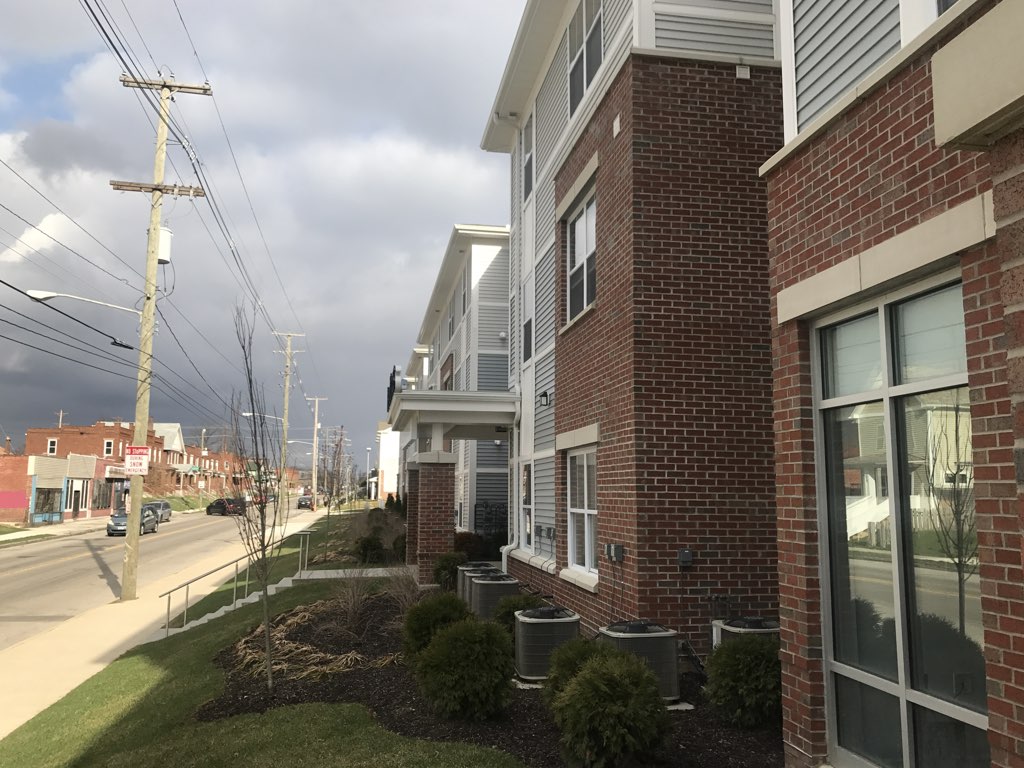With Central Ohio’s population projected to increase by a million people over the next several decades, Columbus Mayor Andrew Ginther has stated the goal of all its residents having the opportunity to prosper as the city grows—with a special focus on housing options in neighborhoods experiencing high rates of growth. Columbus is seeking assistance developing a mixed-income housing strategy to ensure its neighborhoods include housing for people with a broad spectrum of incomes, and has selected an area it expects to attract the next wave of new investment as a place to examine potential policy changes.
Columbus is in the midst of a sustained period of urban revitalization, having seen significant growth in residents and jobs over the past decade, supported by strong investment in its downtown and core neighborhoods. This renewed interest in urban living has translated into the re-birth of several of Columbus’s core neighborhoods, as well as a host of new jobs in the city. Between 2004 and 2014, total employment in Columbus increased by 9%, approximately 38,000 jobs. The fastest growing sectors include corporate management, health care and social assistance, educational services, transportation and warehousing, and finance and insurance.
Though Columbus has seen strong job growth in the past decade, real household income growth has lagged behind. Real household incomes in the city fell on an inflation-adjusted basis during the Great Recession and have yet to recover to their 2008 levels. Additionally, though some neighborhoods have recently seen significant revitalization, others still struggle with attracting new investment. The Columbus MSA is ranked as the 5th-most segregated large metro area by income according to the Martin Prosperity Institute, indicating there is more that can be done to ensure that economic prosperity in Columbus is shared by all.
Significant long range planning is occurring in the metro area and city, including the Columbus Incentive Study Evaluation and a Regional Corridor Analysis. The City recently completed a study of the use of tax incentives, which recommended that Columbus consider qualitative factors in awarding incentives to prioritize public benefits realized through development—including the provision of affordable housing. The Regional Corridor Analysis is a planned study of the expected intensification of several Columbus corridors, which will include analyses of development patterns in three that fall within the City’s selected study area, located due southeast of Downtown and approximately 2.4 square miles.
Bound by East Main Street on the north, Alum Creek Drive on the east, Frebis Avenue/Whittier Streets on the south, and Parsons Avenue on the west, the study area consists of parts of the Near East, Near South, and South Sides— pre-World War II neighborhoods with a 2017 population of 16,624 people (which is a decline from its 2000 population of 18,753). In 2017 the study area was 73% African-American, 20% white, and 2.5% Hispanic according to ESRI data. Only a quarter of housing stock is owner-occupied (compared to more than 40% citywide), nearly a third of its units are currently vacant, median home values (at $75,000) are only just more than half as much as citywide, and household income is only $25,175 compared to the citywide median of nearly $47,000.
The Columbus Rose Fellowship team selected this area as a test case for its land use challenge because it is representative of the parts of Columbus that have been left behind from the recent growth and revitalization in other parts of the city—such adjacent areas in Downtown, German Village, and Merion Village that have experienced major investment and real estate appreciation. However, it is anticipated that growth and revitalization is on the horizon for the study area, making now the time to plan for and implement a mixed-income neighborhood strategy. Its existing land use consists primarily of low- to medium-density residential uses (smaller-lot, single-unit and duplexes with interspersed small-scale, multi-unit development), institutional uses (including churches, schools, parks, a library branch, a recreation center, and the Nationwide Children’s Hospital), some limited industrial uses, and three primarily mixed-use corridors (Main Street, Livingston Avenue, and Parsons Avenue).
Specific questions for the visiting panel to address include:
- What policies, strategies, incentives, other mechanisms can be used to support the provision of attainable workforce housing, particularly areas experiencing rapid growth?
- Why should the matter of attainable workforce housing matter to the wider community, including the private sector?
- How can the increased demand for urban housing can be leveraged to improve neighborhoods, welcome higher income residents and maintain attainable, quality housing for all residents?
- What forms of housing might be built in the study area that would be supportive of a mixed-income neighborhood, including potential numbers of housing units at different price points that could be developed upon build out?
- How does the Columbus real estate market influence the potential for achieving the goal of creating mixed income neighborhoods?




